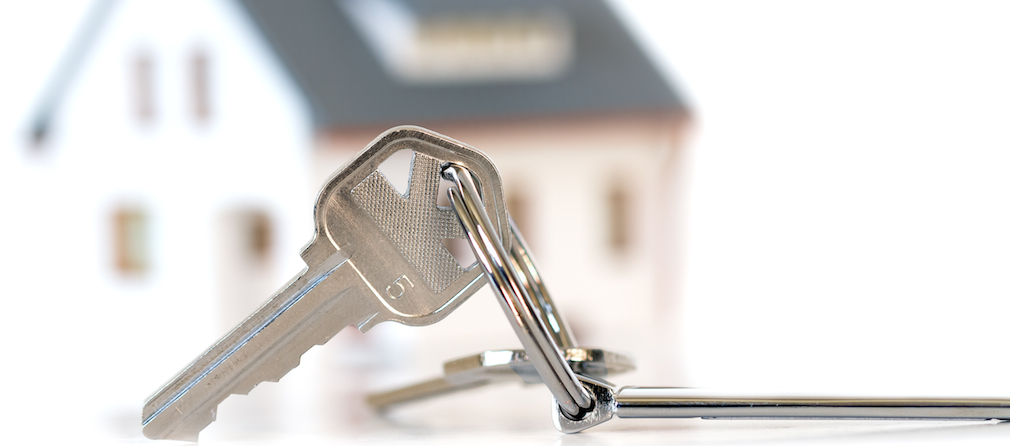After three straight months of declines, pending home sales rebounded in October, indicating existing home sales activity may soon pick up, according to the latest release from the National Association of Realtors.
The Pending Home Sales Index, a forward-looking indicator based on contract signings, increased 3.5% to 109.3 in October, up from a downwardly revised 105.6 in September. The index is now at its highest point since June this year, but remains 0.6% below last year’s levels.
But this decrease from last year was expected, as last month one expert explained.
Nationwide Chief Economist David Berson, who previously spent over 20 years as Fannie Mae’s Chief Economist, said that the lack of change from August to September meant October’s existing home sales were likely to once again fall below last year’s levels.
In its report, NAR explained October’s monthly increase in pending sales was driven primarily by a jump in the South, which bounced back after September’s hurricane disruptions.
“Last month’s solid increase in contract signings were still not enough to keep activity from declining on an annual basis for the sixth time in seven months,” NAR Chief Economist Lawrence Yun said. “Home shoppers had better luck finding a home to buy in October, but slim pickings and consistently fast price gains continue to frustrate and prevent too many would-be buyers from reaching the market.”
The housing market’s lack of affordable inventory has continually held back home sales throughout the year. Recently, the construction of new homes has increased to meet the rising homebuyer demand, according to the latest report from the U.S. Census Bureau and the U.S. Department of Housing and Urban Development, however it is still not enough.
“Existing inventory has decreased every month on an annual basis for 29 consecutive months, and the number of homes for sale at the end of October was the lowest for the month since 1999,” Yun said. “Until new home construction climbs even higher and more investors and homeowners put their home on the market, sales will continue to severely trail underlying demand.”
NAR predicts existing home sales will finish off the year around 5.52 million sales, an increase of 1.3% from last year, while the median existing home price will increase about 6% from last year. While this is a slow-down for growth in home sales, home price growth will increase. In 2016, existing home sales increased 3.8% while home prices rose 5.1%.






